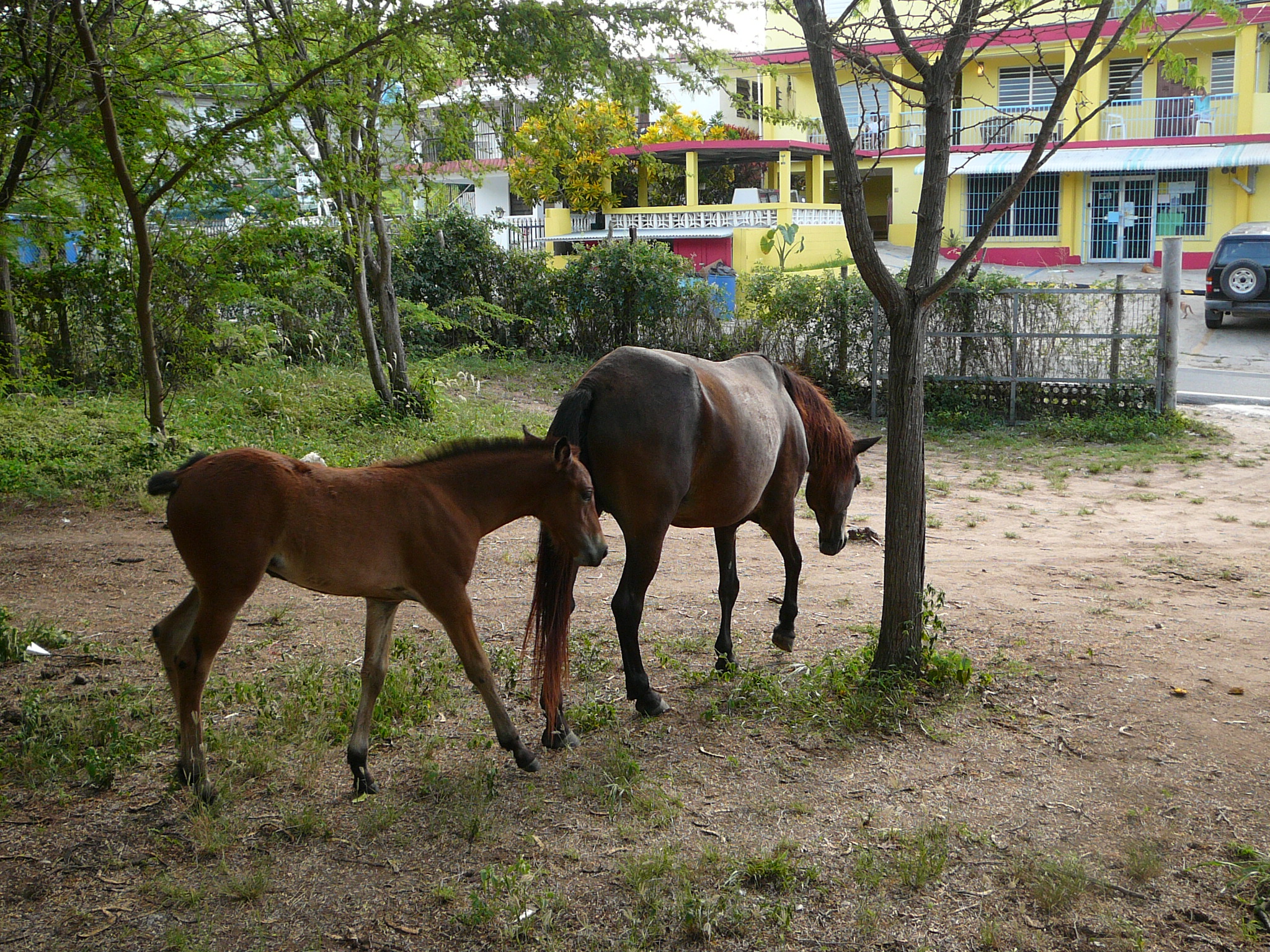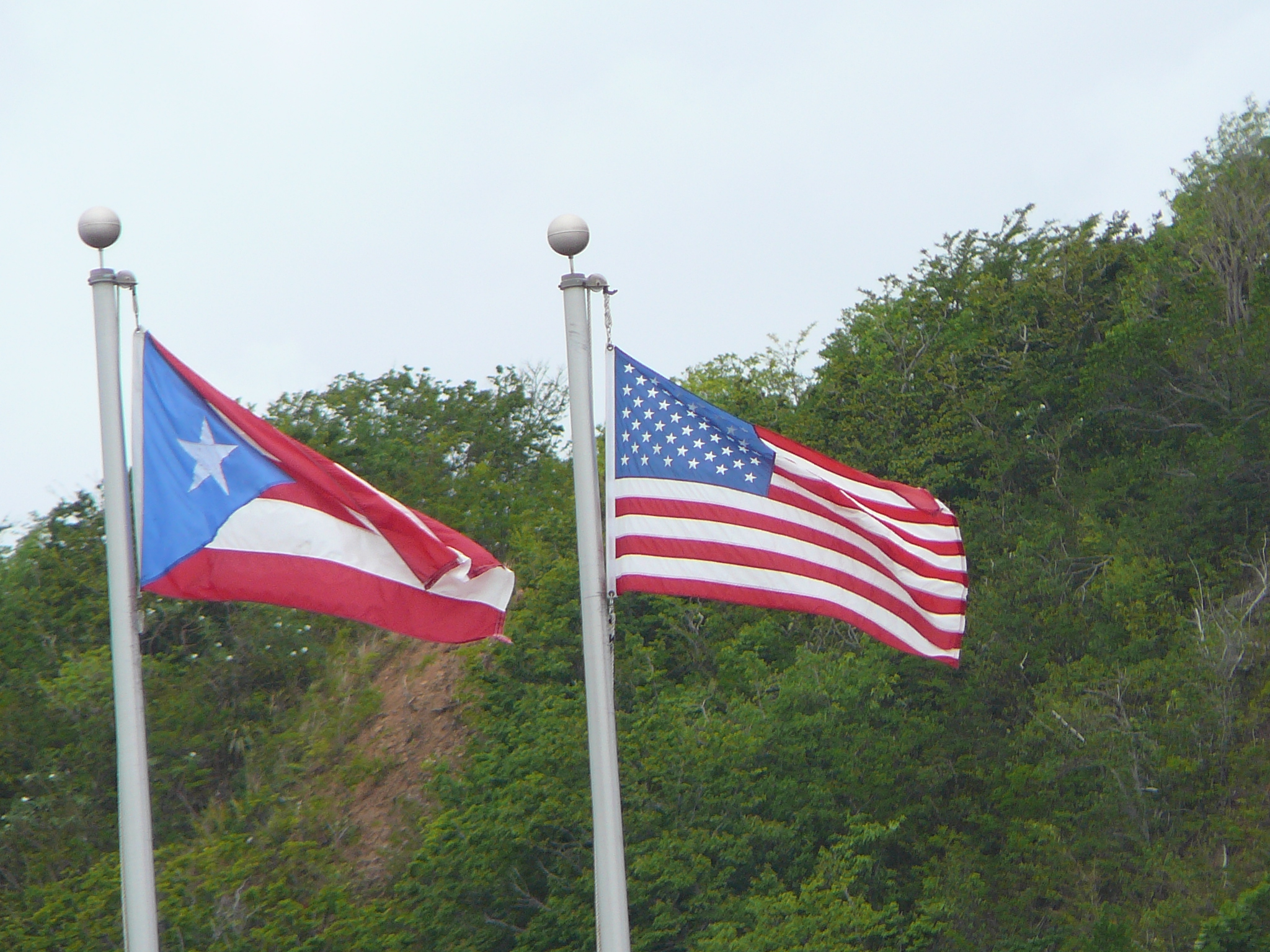Dark days in Puerto Rico
By Rick Holmes
Nov. 3, 2017
Horses roam free on Vieques, grazing on the beaches and wandering village streets, as they have for centuries. Vieques has a rare bioluminescent bay, where I dipped a paddle on a moonless night some years ago and watched the water come alive with blue-green light. A few miles west, El Yunque towers over the eastern half of Puerto Rico, with the tropical rainforest at its peak wrapped in clouds. Beyond that is San Juan, founded a century before the Pilgrims landed.
This is Puerto Rico, one of the most beautiful and fascinating corners of the United States. If you haven’t been there, you should plan a visit – but probably not soon.
Storms come and go, and the American attention span moves on. But for Puerto Rico, the nightmare that began when Hurricane Maria struck on Sept. 20 continues. Their beautiful island has become a place of darkness, sickness and economic desperation.
As I write, six weeks after the storm, three-quarters of Puerto Rico is still without power. The Army Corps of Engineers predicts electricity should be restored to half the island by January, but it could be a year before full restoration.
Imagine that. We’ve all been without power for a few hours or a few days, but four months, six months or a year?
Without electricity, you can’t pump the water out of your basement or get drinking water from your well. You can’t charge your cell phone, or go on the FEMA website to apply for help. There’s no refrigerator, no air conditioning – and temperatures are still in the high 80s. You can’t run your business, or a hospital, or a nursing home.
So you collect rainwater off the roof so you have something to drink. Or you take water from a river or creek, many of which are polluted – half of Puerto Rico’s sewage treatment plants failed during the storm. On Vieques, people are drinking water from the huge hazardous waste site that was, until 2003, a bombing range for the U.S. Navy. Long after Maria passed, the death toll keeps rising, from sickness caused by unsanitary conditions.
When there’s no power, you can’t work, and most of Puerto Rico’s struggling economy has ground to a standstill. Tourists have vanished. People face daily shortages of food, water and cash. The streets are dark and dangerous, and curfews have been imposed for weeks.
It doesn’t help that Puerto Rico’s electric system was a wreck before Maria hit, or that its electric utility is bankrupt. It doesn’t help that the territory’s government is known for corruption and incompetence. When the utility awarded a no-bid $300 million contract to rebuild the electric system to a tiny Montana company with ties to the Trump administration, the smell of sleaze was so bad that the island’s governor canceled it. A new, more transparent round of bidding means it will take even longer to get the lights back on.
This is not how America handles power outages. Hurricane Irma slammed into Florida Sept. 10, knocking out power to 6 million customers. By Sept. 21, power was 99.9 percent restored. A fierce storm hit New England just before Halloween, knocking out power to 1.3 million homes. Two days later, half the customers had their electricity back. Four days later, the outage was a memory.
Crews from as far away as Kentucky showed up almost overnight to help restore power in New England, but it took 12 days for outside crews to arrive in Puerto Rico, and they are still few in number. There’s been no army of volunteers showing up, in part because for weeks the airport was operating only a few hours a day. That was because there weren’t enough generators, and enough diesel fuel to keep them running. Similar shortages of generators and diesel have plagued hospitals and other emergency services.
I understand it takes time to repair downed electric wires in rough country, but it shouldn’t take a month or more to get an airport and a few hospitals up and running. You can’t blame Puerto Ricans for thinking FEMA and other government agencies aren’t trying very hard.
Puerto Rico has been a U.S. territory since 1898. By law, its people are “natural born citizens,” full-fledged members of the American family. Right now, in their greatest hour of need, they must feel like the most neglected of stepchildren.
The horses on Vieques are hurting for food, but they will survive. El Yunque National Forest is closed until further notice. It may take 100 years for parts of the forest to fully recover, botanists say, but the jungle will come back. I’m hopeful the micro-organisms that light up Mosquito Bay will bounce back as well.
And the people? They are headed for the mainland, leaving their broken homes and stalled lives behind. At least 73,000 have landed in Florida alone since the storm, Florida Gov. Rick Scott estimates, and many may never come home.
Puerto Rico is a beautiful corner of America, and the Americans who live there deserve better.
Rick Holmes can be reached at rick@rickholmes.net. You can follow his journey at www.rickholmes.net. Like him on Facebook at Holmes & Co, on follow him on Twitter @HolmesAndCo



